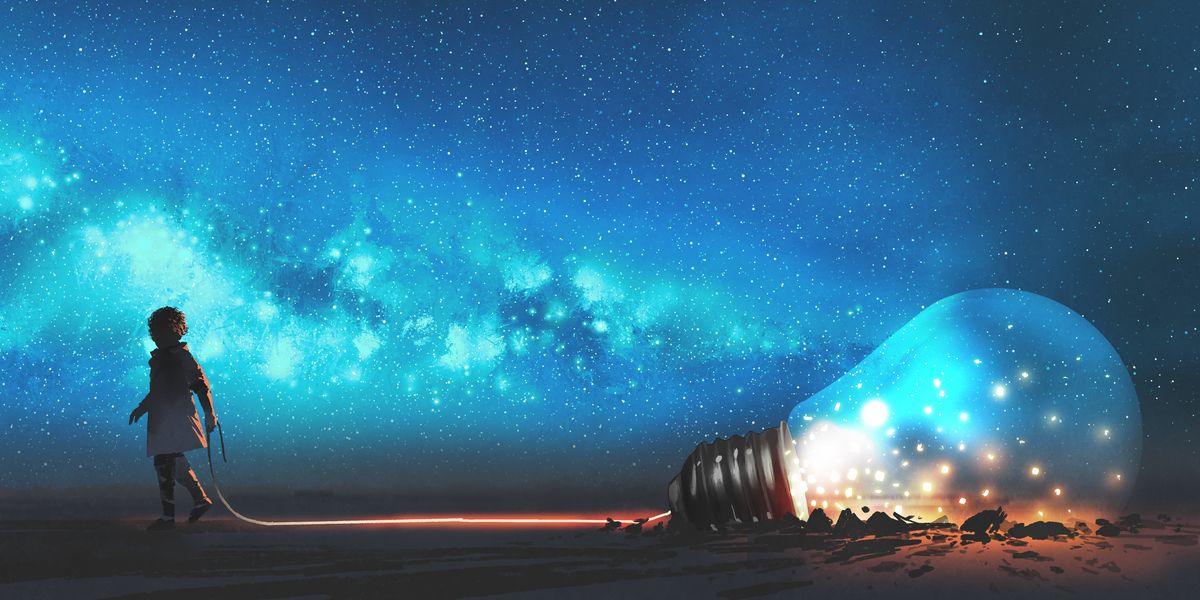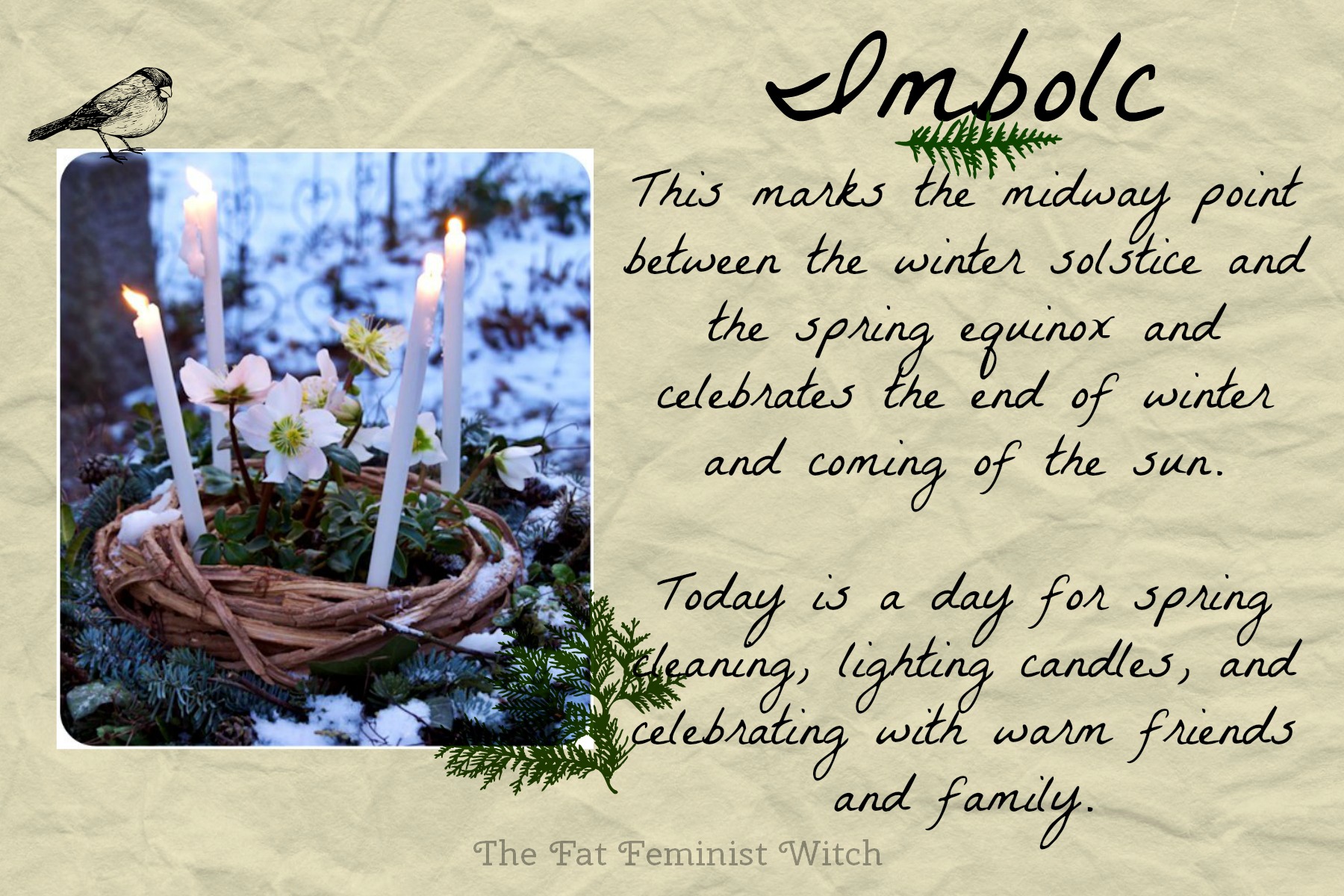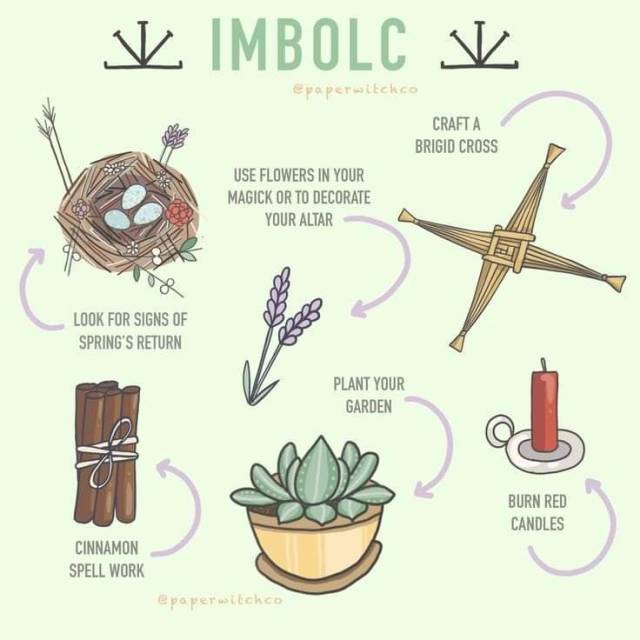Hi, Everyone.

It's why I love Einstein's quote: "Imagination is more important than knowledge. For knowledge is limited, whereas imagination embraces the entire world, stimulating progress, giving birth to evolution."

“Logic will get you from A to Z; imagination will get you everywhere.”
― Albert Einstein
Some more on imagination:
“Everything you can imagine is real.”
― Pablo Picasso
“The moment you doubt whether you can fly, you cease forever to be able to do it.”
― J. M. Barrie, Peter Pan
“My imagination functions much better when I don't have to speak to people.”
― Patricia Highsmith
“Imagination does not become great until human beings, given the courage and the strength, use it to create.”
― Maria Montessori
“Our imagination flies -- we are its shadow on the earth.”
― Vladimir Nabokov
“Vision is the art of seeing things invisible.”
― Jonathan Swift
“Imagination is the only weapon in the war against reality.”
― Lewis Carroll
“Children see magic because they look for it.”
― Christopher Moore, Lamb: The Gospel According to Biff, Christ's Childhood Pal
“Reality can be beaten with enough imagination.”
― Mark Twain
Okay, enough with the quotes, but you see how imagination is everything.
Jonathan Wolstenholme. a book character, journals his experiences, and growing knowledge of the Sidhe, supernaturals. Through researching ancient symbolic visuals, he discovers that the ouroboros, a symbol in the form of a snake biting its own tail, used especially in ancient Egypt and in Hermetic philosophy, as an emblem of eternity meant the cycle of birth and death. That one end represented the beginning and the other, the end.
He pondered on this a while, what would be interpreted as such in our known universe? He pictured a snake across the heavens as the Aborigines Rainbow Serpent and Dreamtime. The Dreamtime is the period in which life was created according to Aboriginal culture. Dreaming is the word used to explain how life came to be; it is the stories and beliefs behind creation.
The Rainbow Serpent or Rainbow Snake, a creator god. What would it look like? Jonathan envisaged a massive black hole as the point of rebirth, as exploded from the belly of the snake (center of a black hole) and the pinprick black holes or possibly white holes, being the ones that haven't exploded yet. All would contain within their belly the primordial soup which makes a world. This would also match the theory of the big bang and many spiritual teachings of returning to the source, and the cycles of karma, which the Sidhe called Vo-ror-bla. He speculated that consciousness/soul were the same things, alive but untangible. What if, pieces of matter and light were sucked in from the holes and expelled at the end, creating other universes, even replicas of us as all? Parallel universes perhaps, due to the invisible information/building blocks of life being the same stuff as ours, passed through. Would these building blocks replicate our own? Was that one form of quantum entanglement connecting us all?
Jonathan mentally noted the snake in mythology and symbols such as Yin/Yang, the infinity symbol and many more, all contained creation stories, balance of the universal power, and cycles of life and death. So, the ancients were indeed using imagery to depict the story of creation but along the way, text and literal interpretation got in the way. The spiritual interpretations of the visuals not understood by mainstream academia logic, and maybe, were classified wrongly as myth and folklore. The truth of many things concerning our histories became lost because of a logical perspective and disconnecting from ourselves spiritually, leaving that task to religion, external influence.
Everything needs balance he concluded, including the decoding of our origins, Mind (logic), Heart (feels/spirit/essence), and Soul (spiritual consciousness). The trio that religion oft depicts, that our law courts state a thing three times, even commands are given three times in order to verify that the message is being given intentionally. Writers and artists use the rule of three. The Latin phrase "omne trium perfectum" (everything that comes in threes is perfect, or, every set of three is complete) conveys the same idea as the rule of three. Three/Thrice/Trio/Triad...the lure of three...his mind drifted to numerology and jumped to Tesla's Key to the universe...vibration, energy frequency. 3...6...9 The Universe...
The above isn't in the books, it's research and philosophical ramblings. I create Jonathan's journals to better understand the character/the realms/origins through concepts/theories that come to me. Without imagination, all stories would be the same. It is the perspective of the writer which creates a new idea for a story told millions of times already but from different eyes. This, to me, is imagination connecting the dots/patterns to a very ancient puzzle where pieces were destroyed/lost /misinterpreted during the linear time. Imagination fills these lost spaces in the puzzle, and from different writers, we see the many aspects of the same/origin puzzle piece.

― Mark Twain, Mark Twain's Own Autobiography: The Chapters from the North American Review

Love and light,
Trace
xoxo

































